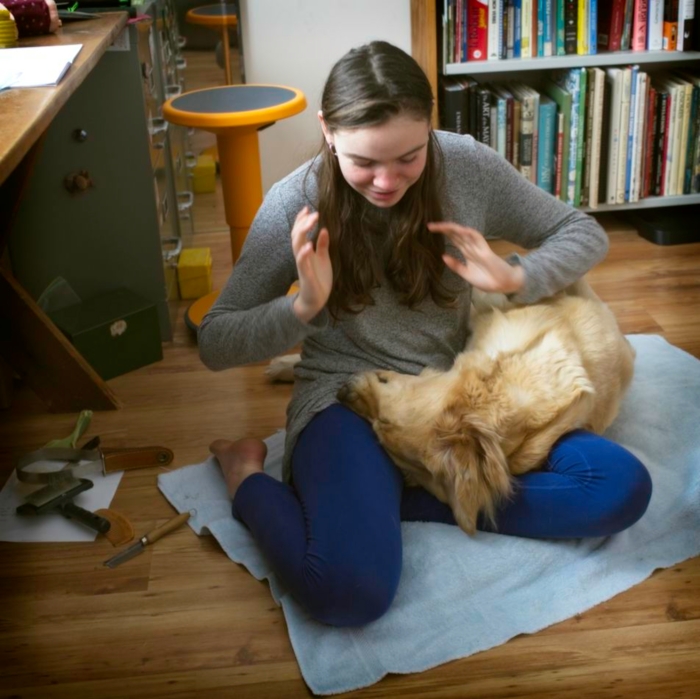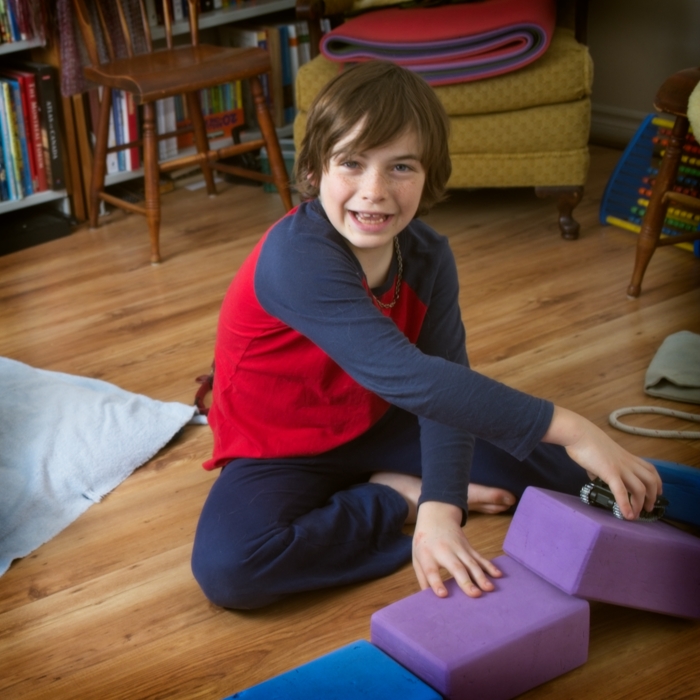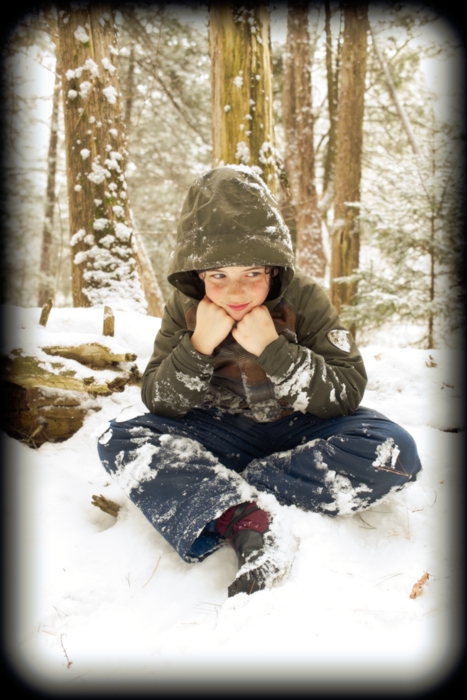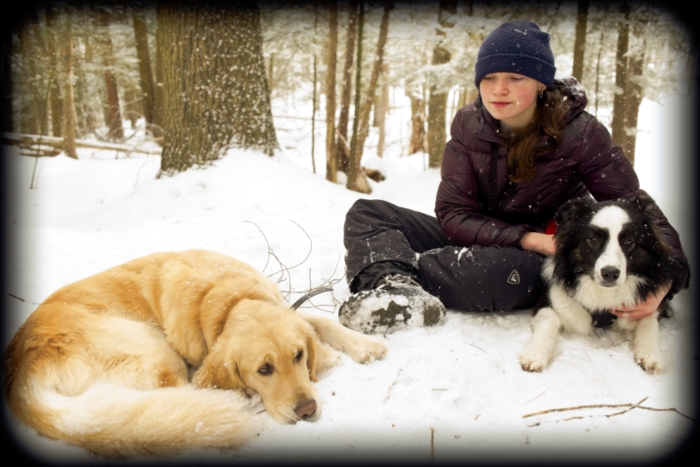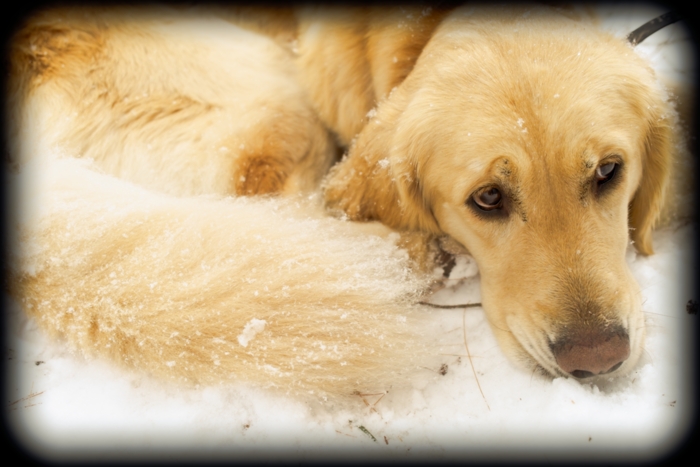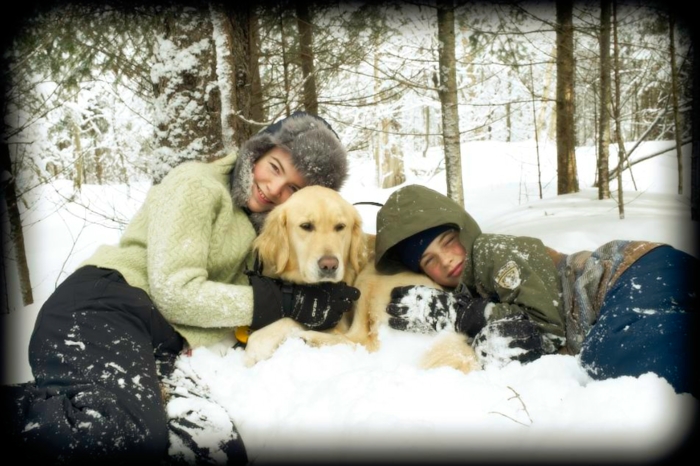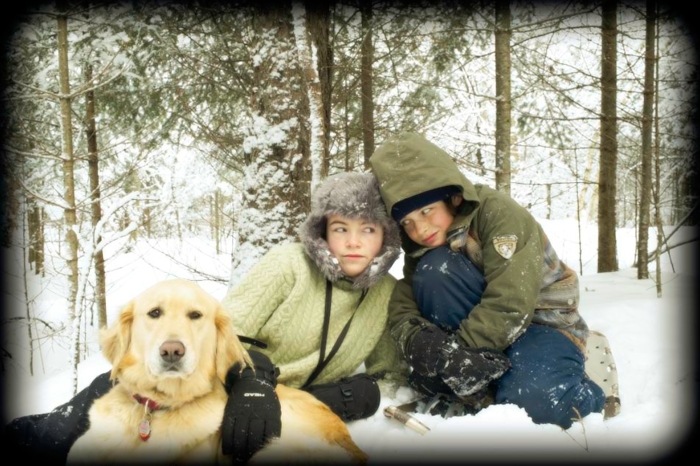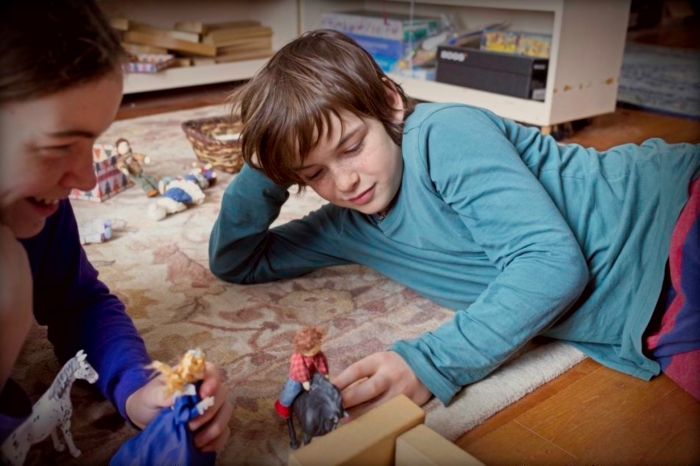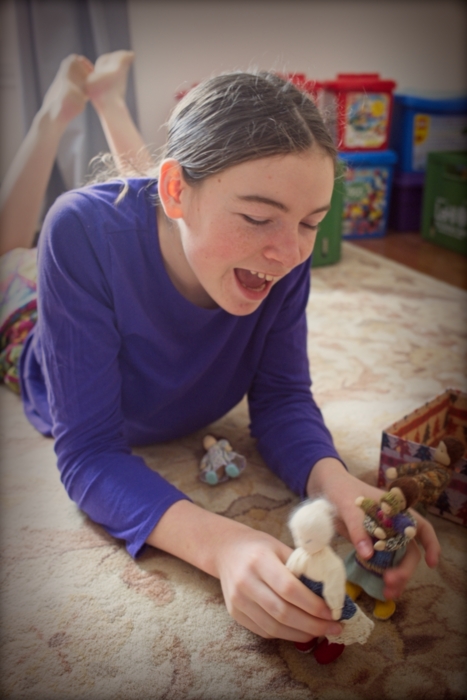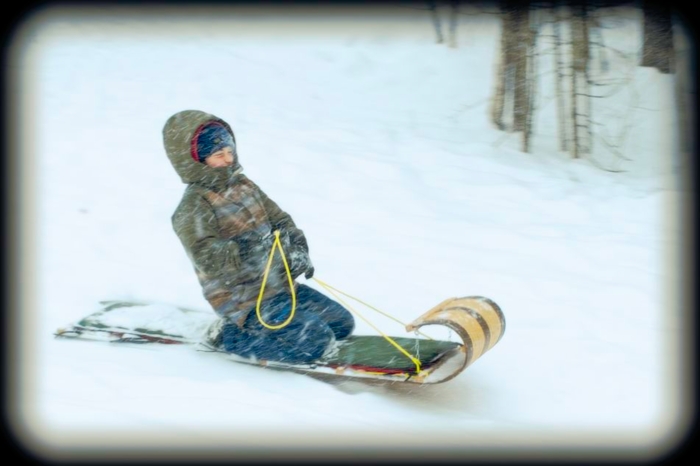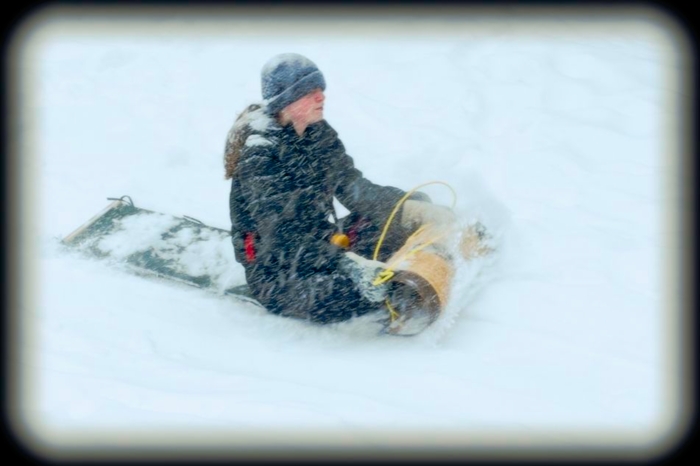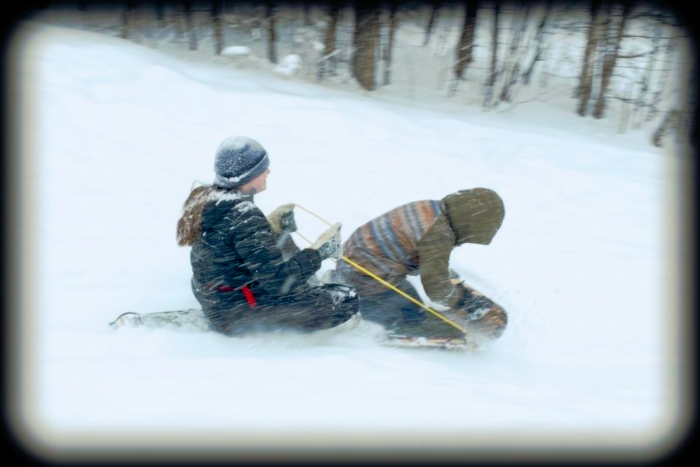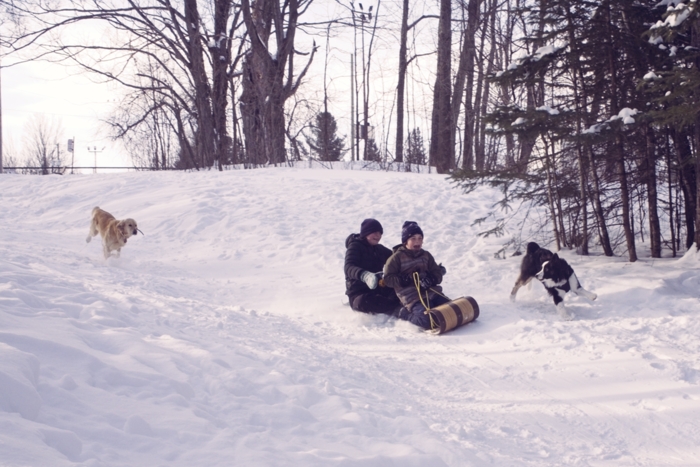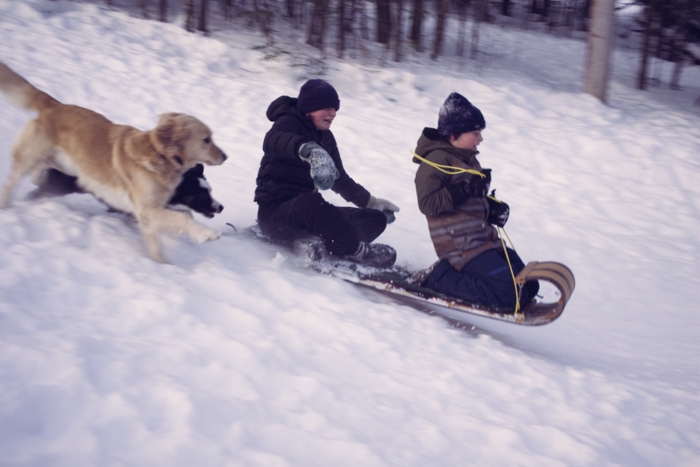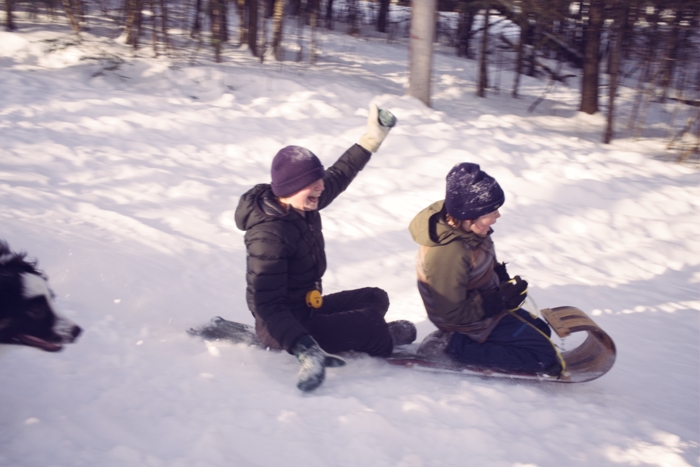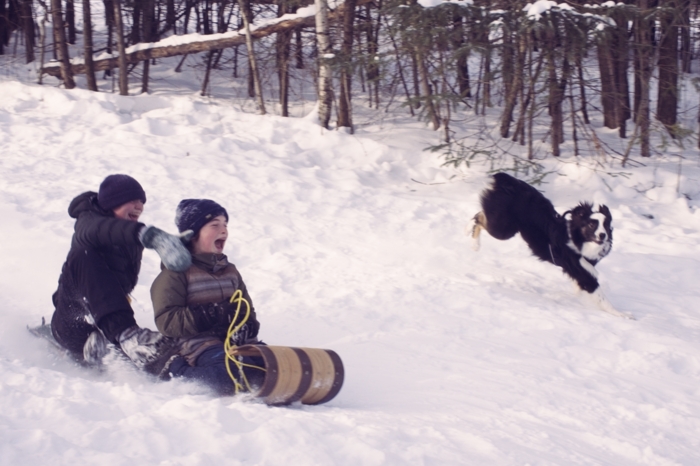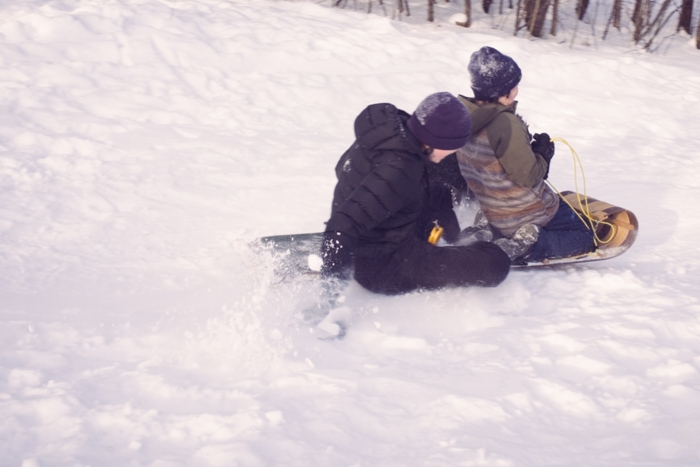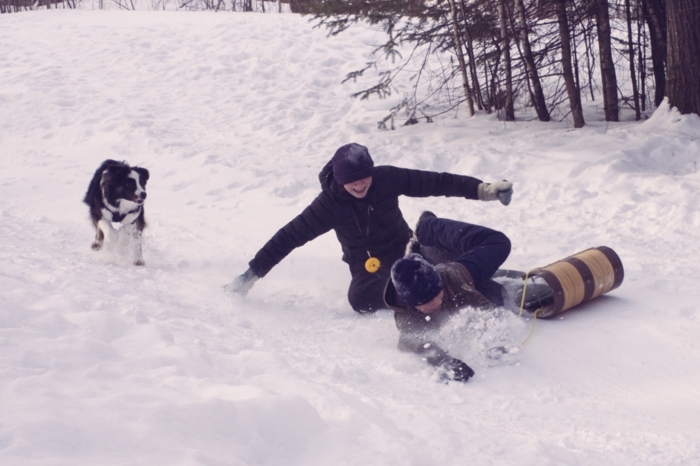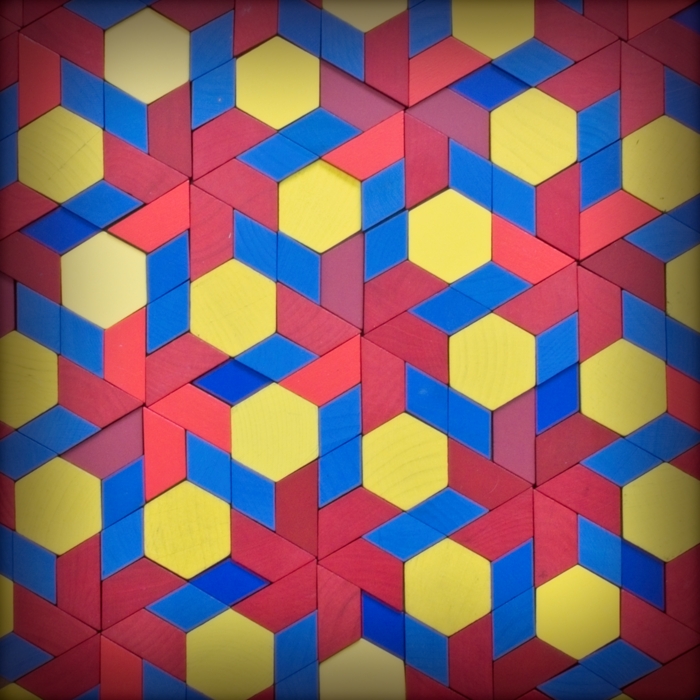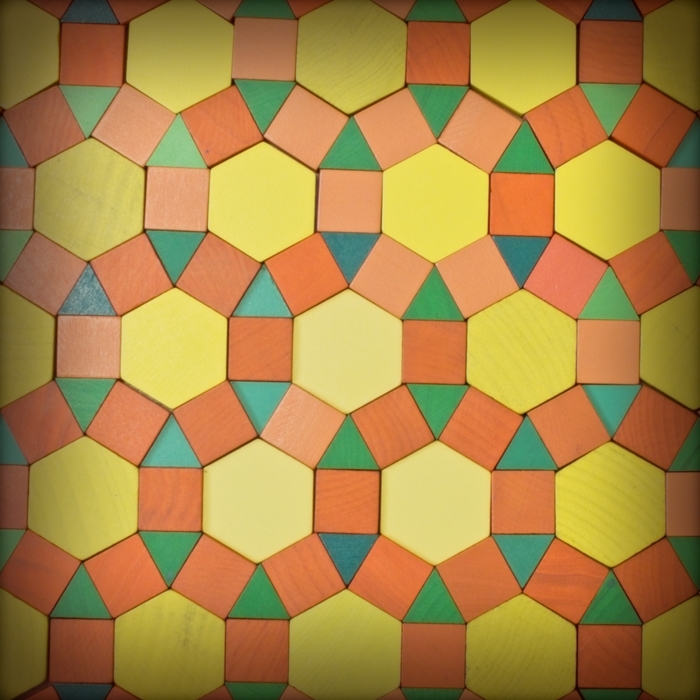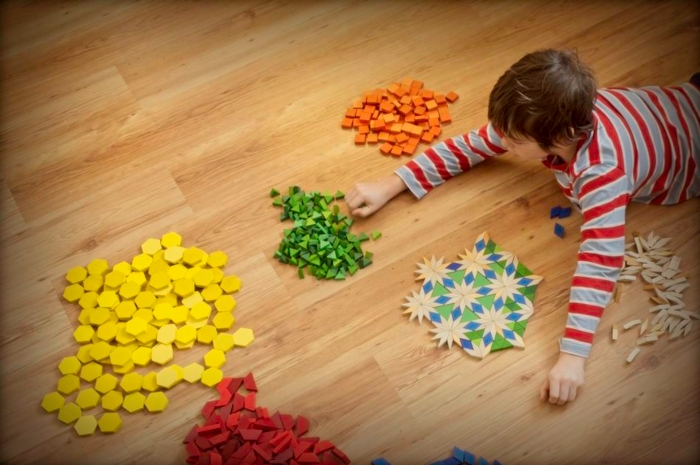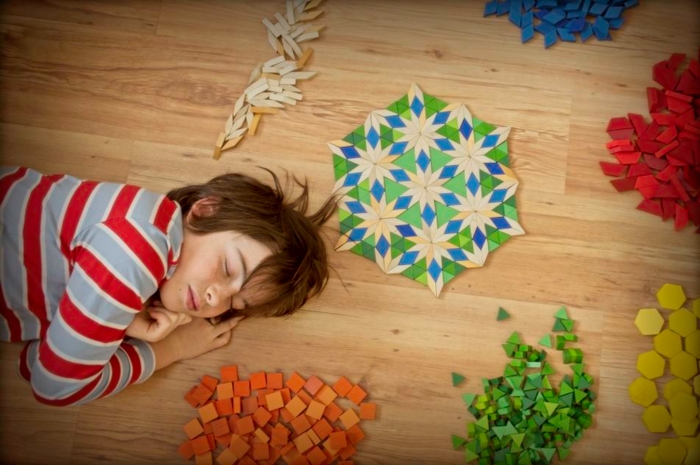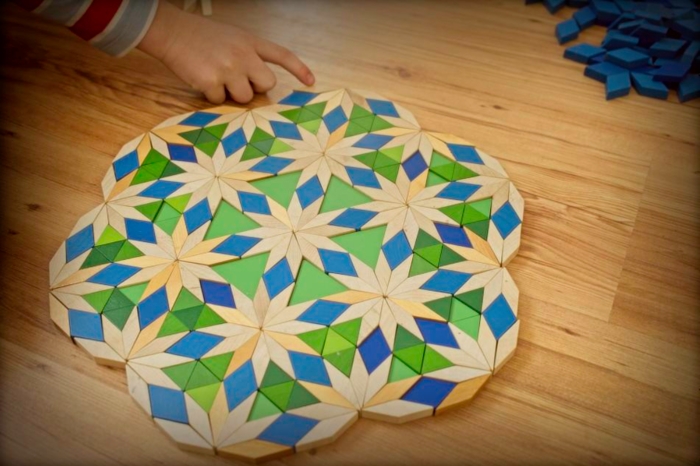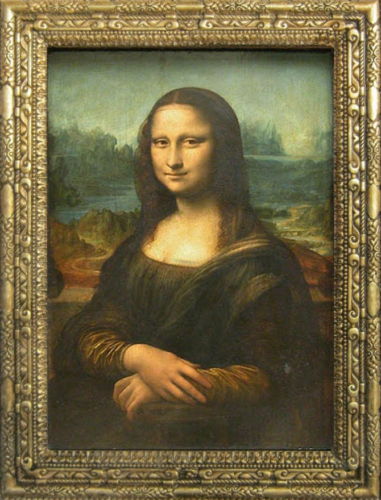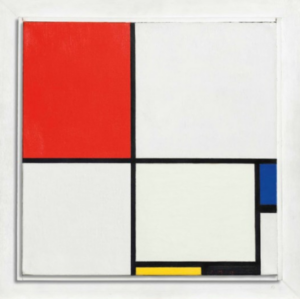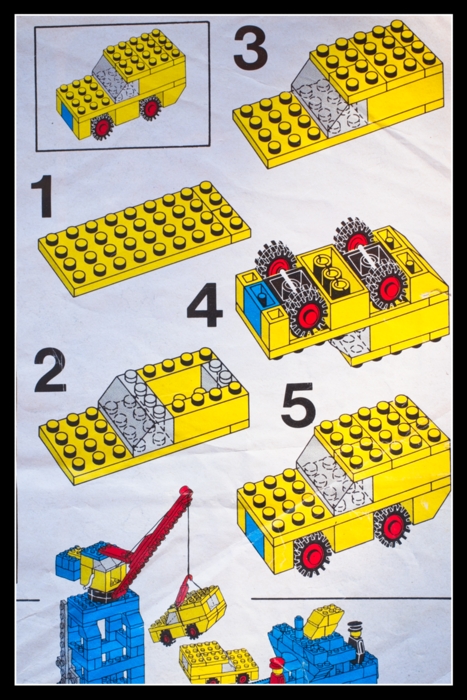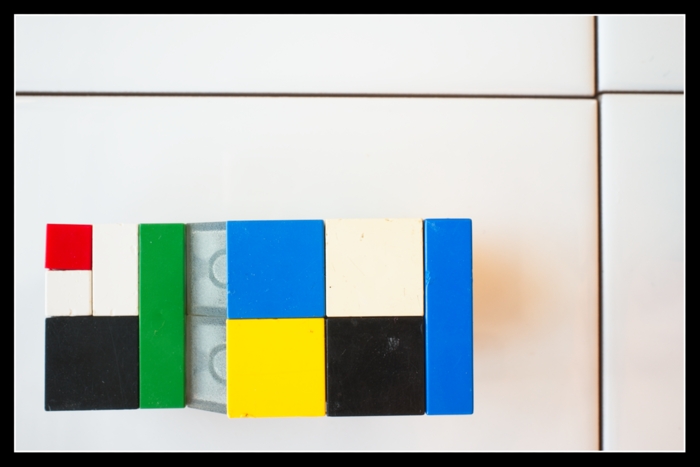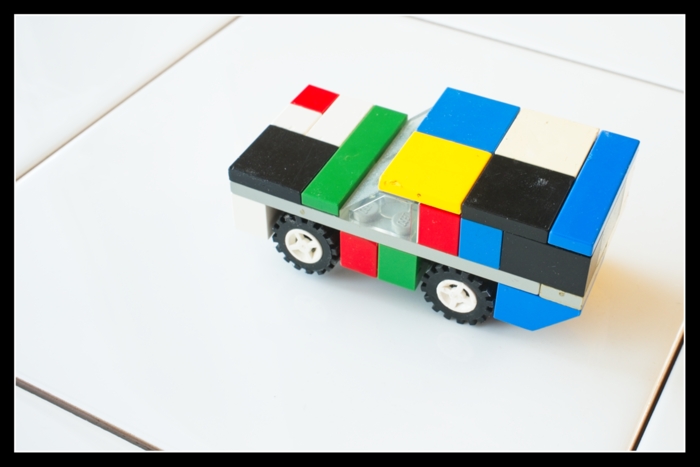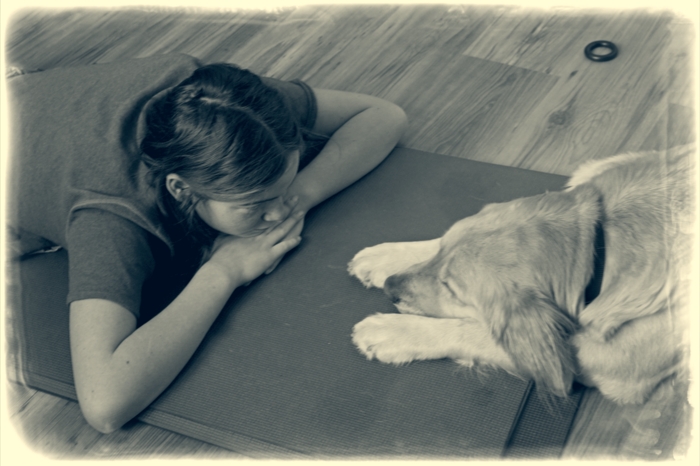1.
Akiva built himself a lawn chair.
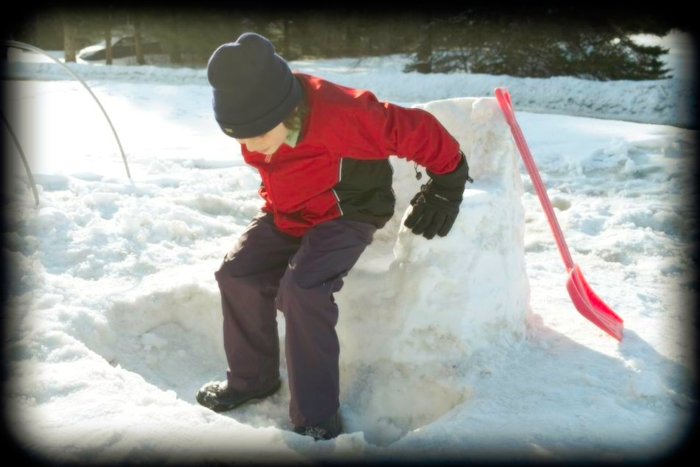
Aah, to lounge in the sun on a winter’s day.
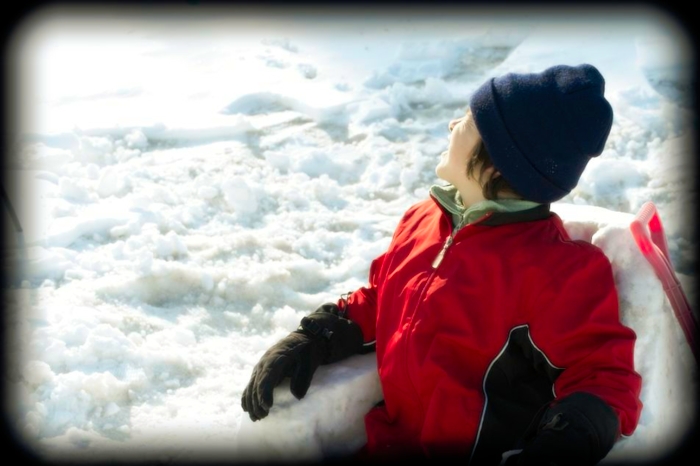
2.
The sledding hill was good and packed.
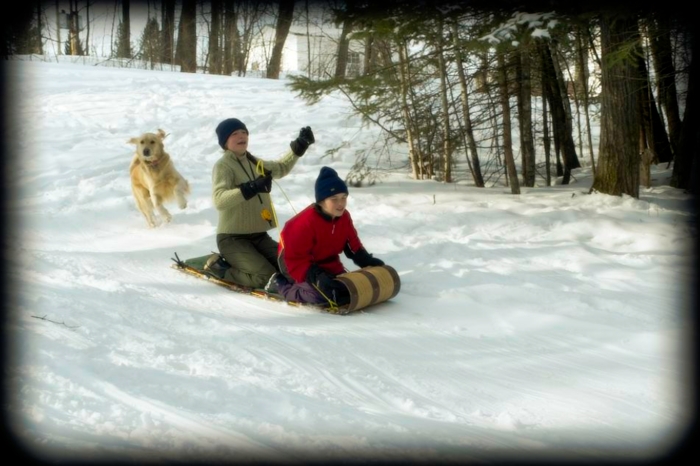
Hey, Dad, remember the time you went sledding on the toboggan and hit the tree in the middle of the sledding hill and bit your tongue in half? In half! I remember the bite mark, anyhow. It looked horrid. I tell that story to Akiva a lot, but apparently waggling your tongue while sledding is just some weird genetic quirk that can’t be trained out of a person. He hasn’t crashed into anything real bad since he was two (see note), and apparently he had his tongue in his mouth that time, so, so far we’re lucky.
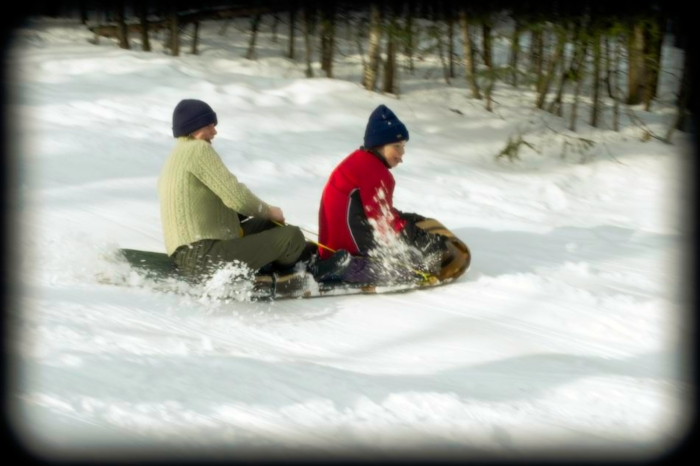
Iris waves at her dog and the photographer as they fly by. “Hi, Mama!”
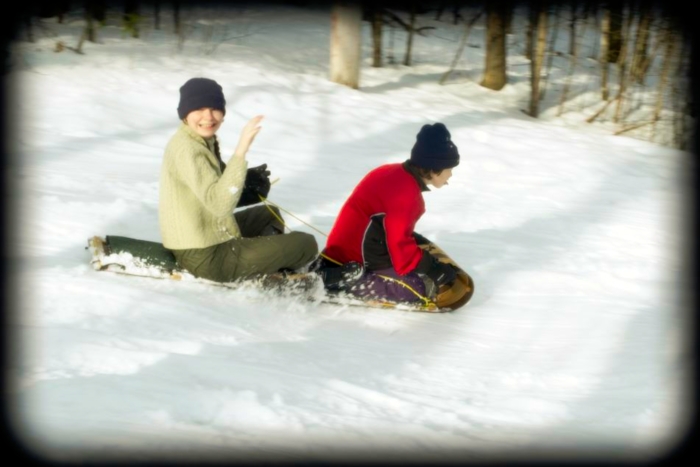
Iris tried to get Brook to go down on the sled. Brook prefers not to.
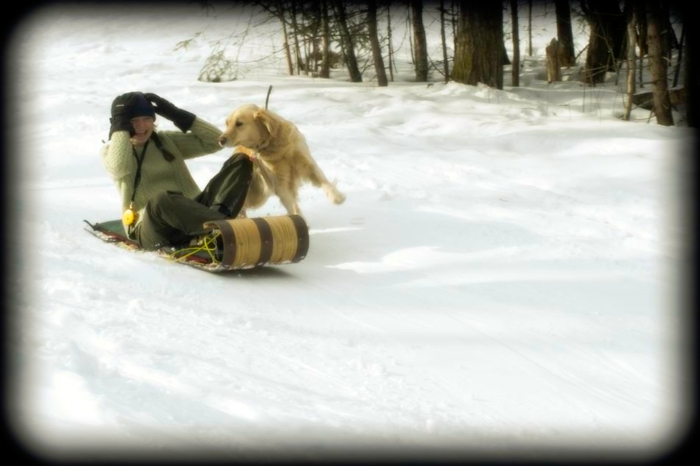
Akiva tries to make the sled jump on the bumps.

Back up the hill!
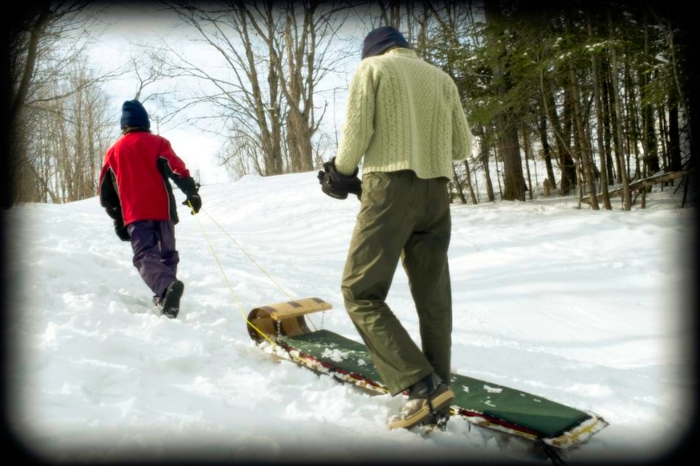
NOTE:
They did crash into a tree pretty bad in January of 2018. It was my fault.




